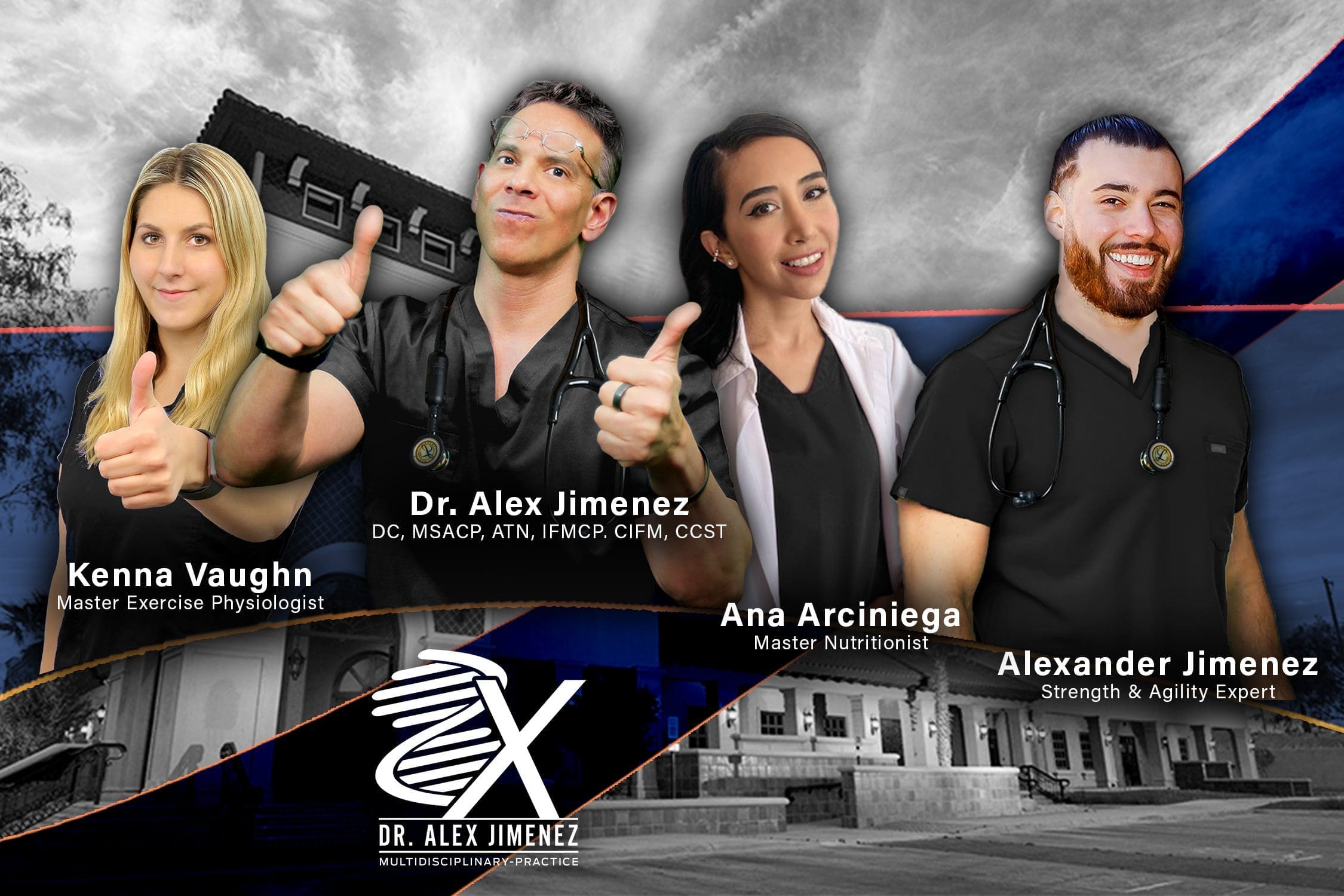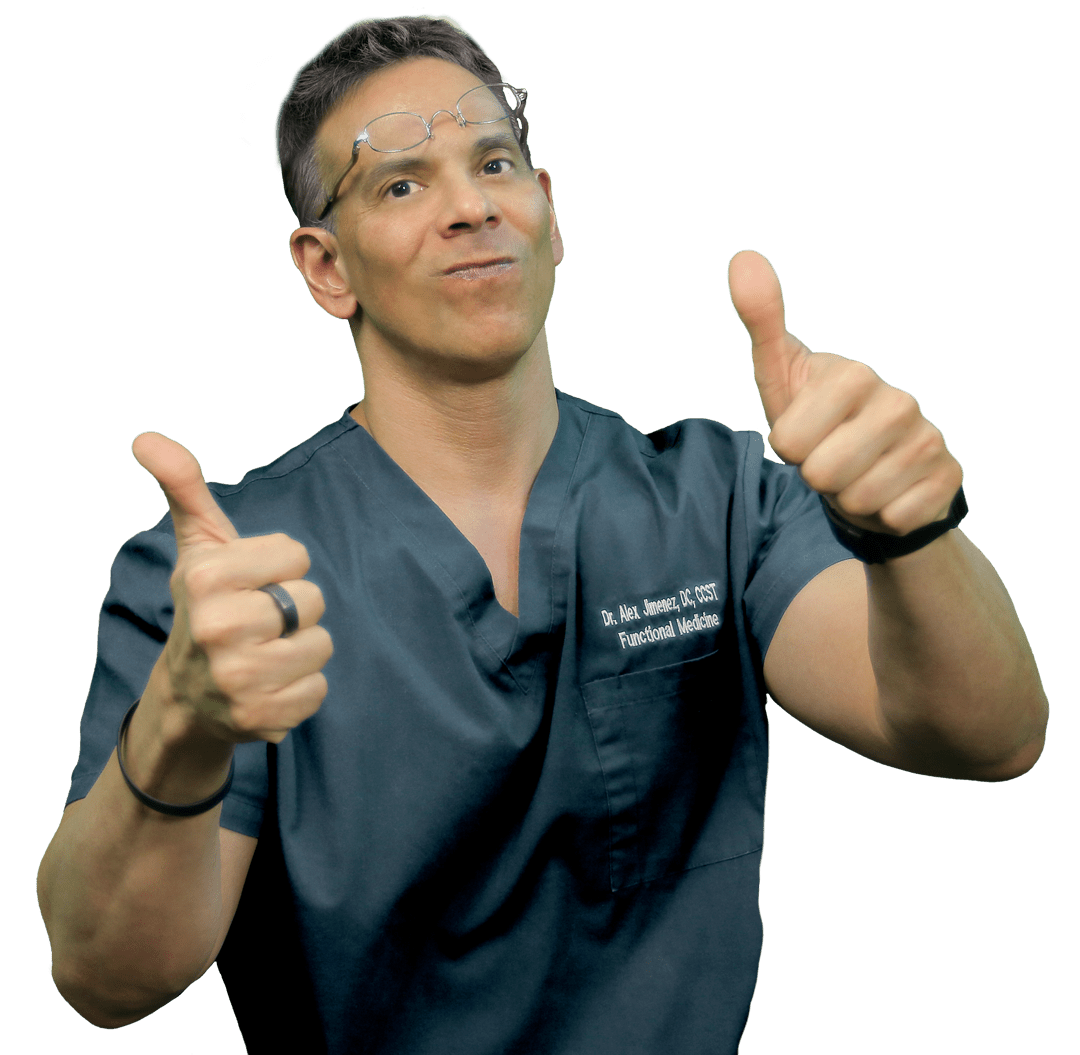Discover the benefits of gut-liver connection chiropractic care for enhanced digestion and liver health in many individuals.
Table of Contents
The Science of the Gut-Liver Axis: Evidence-Based Chiropractic Approaches to Holistic Health and Pain Management
Chronic pain, fatigue, or digestive discomfort can disrupt daily life, often hinting at deeper systemic issues. The gut-liver axis, a scientifically validated communication network, plays a pivotal role in health, influencing inflammation, nutrient metabolism, and even musculoskeletal function. This article examines the evidence supporting the role of the gut in vital bodily processes, the impact of environmental factors on this balance, and how these imbalances contribute to overlapping symptoms affecting digestion, muscles, and joints. We’ll provide a rigorous clinical rationale for the role of chiropractic care in addressing this axis, supported by nonsurgical interventions such as targeted exercises, massage, acupuncture, and integrative medicine, which prioritize the body’s natural healing and patient education over mere physical strength.
Designed for clarity and grounded in peer-reviewed research, this guide draws on insights from Dr. Alexander Jimenez, a leader in functional medicine, to offer evidence-based strategies for holistic wellness. Always consult a healthcare professional for personalized guidance.
Decoding the Gut-Liver Axis: A Scientific Perspective
The gut-liver axis is a bidirectional system linking the gastrointestinal tract and liver via the portal vein, which delivers nutrients, microbial metabolites, and toxins from the gut to the liver for processing. The liver reciprocates by secreting bile acids to facilitate fat digestion and modulate the composition of the gut microbiota. This interplay, governed by immunological and neuroendocrine pathways, maintains metabolic and immune homeostasis, which is critical for overall health.
Research indicates that disruptions in this axis can trigger systemic inflammation, which in turn impacts musculoskeletal structures. For instance, gut dysbiosis may elevate circulating endotoxins, inducing hepatic inflammation that amplifies pain signaling through cytokine release (Wang et al., 2021). Clinicians like Dr. Jimenez utilize advanced diagnostics, including microbiome profiling and liver enzyme panels, to assess this axis, thereby designing interventions that restore balance without the need for invasive procedures (Jimenez, n.d.).
The Gut’s Role in Systemic Health: Evidence from Physiology
The gastrointestinal system is a cornerstone of physiology, orchestrating the absorption of nutrients, immune defense, and neural signaling. The gut microbiota, comprising over 100 trillion microorganisms, ferment dietary fibers into short-chain fatty acids (SCFAs), such as butyrate, which nourish intestinal cells and exert anti-inflammatory effects. The gut houses approximately 70% of the body’s immune cells, modulating responses to pathogens while maintaining tolerance to commensal bacteria.
Through the gut-brain axis, mediated by the vagus nerve, the gut influences pain perception and stress responses, which can exacerbate musculoskeletal conditions. Dysbiosis disrupts this balance, increasing intestinal permeability and systemic inflammation, which can potentially manifest as joint stiffness or muscle pain through viscerosomatic reflexes (Farmer et al., 2009). Dr. Jimenez’s clinical approach integrates stool analysis and nutritional interventions, with patients reporting reduced pain and improved mobility after microbiome optimization (Jimenez, n.d.).
The Gut-Liver Connection: Mechanisms and Implications
The gut and liver form a tightly regulated system through enterohepatic circulation. The portal vein delivers 70% of the liver’s blood supply, carrying gut-derived substances for detoxification or metabolism. Bile acids, synthesized by hepatocytes, are secreted into the gut to emulsify fats and regulate microbial populations, preventing pathogenic overgrowth.
Studies have shown that gut dysbiosis alters bile acid metabolism, promoting the production of secondary bile acids that induce hepatic inflammation, as observed in non-alcoholic fatty liver disease (NAFLD) (Federico et al., 2017). Alcohol exacerbates this by compromising tight junctions, leading to endotoxemia and liver damage (Chae et al., 2024). These inflammatory cascades can sensitize peripheral nerves, contributing to musculoskeletal pain. Dr. Jimenez applies this evidence, utilizing biomarkers such as zonulin to assess gut permeability and tailor interventions that mitigate systemic effects (Wellness Doctor RX, n.d.).
Environmental Factors: Disrupting Homeostasis and Symptom Overlap
Environmental stressors disrupt the gut-liver axis through molecular and physiological mechanisms. Diets high in saturated fats or sugars alter microbiota composition, leading to increased Firmicutes and LPS production, which compromises gut barrier integrity and triggers hepatic inflammation (Di Vincenzo et al., 2023). Chronic stress activates the hypothalamic-pituitary-adrenal (HPA) axis, elevating cortisol and altering gut motility, which heightens permeability and pain referral (Konturek et al., 2011).
Xenobiotics, including antibiotics and pollutants, deplete beneficial microbes, fostering dysbiosis (Nicholson et al., 2012). These disruptions can lead to visceral pain hypersensitivity, where gut inflammation amplifies somatic pain signals, presenting as back or joint discomfort (Zia et al., 2022). Dr. Jimenez employs environmental exposure assessments to identify triggers, designing protocols to restore microbial balance and reduce inflammation.
Table: Environmental Factors and Their Impact on the Gut-Liver Axis
| Factor | Mechanism of Disruption | Overlapping Symptoms and Pathways |
|---|---|---|
| High-Fat/Sugar Diets | Increases LPS, reduces SCFA production | Systemic inflammation, joint/muscle pain |
| Chronic Stress | HPA axis activation, barrier dysfunction | Referred pain, muscle tension via neural pathways |
| Alcohol/Toxins | Disrupts tight junctions, dysbiosis | Hepatic stress, fatigue, myalgia |
| Antibiotics/Infections | Depletes beneficial bacteria | Chronic inflammation, immune dysregulation |
| Pollutants | Alters microbial metabolism | Fatigue, heightened pain sensitivity |
This table integrates mechanistic data to guide evidence-based interventions.
The Healing Diet: Combat Inflammation, Embrace Wellness: Video
Clinical Rationale: Chiropractic Care’s Role in the Gut-Liver Axis
Chiropractic care, grounded in neurophysiology, addresses the gut-liver axis by optimizing the function of the autonomic nervous system (ANS). Spinal misalignments, or subluxations, in the thoracic and lumbar regions can disrupt sympathetic innervation to the gut and liver, impairing motility and detoxification. Clinical studies suggest spinal manipulation reduces visceral hypersensitivity by modulating somato-autonomic reflexes, decreasing inflammatory cytokines (Elsenbruch et al., 2015).
Probiotics, often used in conjunction with chiropractic care, help restore microbial balance, thereby reducing liver stress and systemic inflammation (Hojsak, 2024). Dr. Jimenez integrates spinal assessments with gut-liver biomarkers, noting that adjustments correlate with improved enzyme profiles and reduced pain in patients with viscerosomatic complaints, emphasizing neural optimization over physical force (Jimenez, n.d.).
Nonsurgical Interventions: Evidence-Based Strategies for Healing
Nonsurgical approaches, rooted in clinical research, target the gut-liver axis holistically. Targeted exercises, such as lumbar stabilization or yoga, enhance spinal alignment and visceral function, reducing inflammation per biomechanical studies. Massage therapy promotes lymphatic drainage, easing hepatic congestion, while acupuncture stimulates vagal pathways, decreasing inflammatory markers.
Integrative medicine incorporates anti-inflammatory diets (high in fiber and omega-3s) and nutraceuticals like probiotics to restore eubiosis, preventing chronic conditions like arthritis or NAFLD. Dr. Jimenez’s protocols combine these, with clinical data showing improved patient outcomes through education-driven adherence.
Insights from Dr. Alexander Jimenez: Bridging Science and Practice
Dr. Alexander Jimenez, DC, APRN, FNP-BC, advances chiropractic science through functional medicine, with a focus on viscerosomatic connections. His evidence-based approach uses microbiome and liver function tests to inform spinal and nutritional interventions. Clinical case studies demonstrate a reduction in inflammatory markers post-adjustment, with patients reporting enhanced mobility and vitality (Jimenez, n.d.).
Practical Steps for Gut-Liver and Musculoskeletal Health
Initiate with diagnostic testing (e.g., microbiome analysis), adopt anti-inflammatory diets, and incorporate regular chiropractic care and stress management. Monitor progress using biomarkers to achieve sustained results.
This exploration highlights the scientific basis of the gut-liver axis in health, advocating for chiropractic and integrative care as a holistic approach to relief.
References
- Chae, Y.-R., et al. (2024). Diet-Induced Gut Dysbiosis and Leaky Gut Syndrome. Journal of Microbiology and Biotechnology, 34(4), 747-756. https://pubmed.ncbi.nlm.nih.gov/38321650/
- Di Vincenzo, F., et al. (2023). Gut microbiota, intestinal permeability, and systemic inflammation: a narrative review. Internal and Emergency Medicine, 19(2), 275-293. https://pubmed.ncbi.nlm.nih.gov/37505311/
- Elsenbruch, S., et al. (2015). [Visceral pain]. Schmerz, 29(5), 496-502. https://pubmed.ncbi.nlm.nih.gov/26271911/
- Farmer, A. D., et al. (2009). Visceral pain hypersensitivity in functional gastrointestinal disorders. British Medical Bulletin, 91, 123-136. https://pubmed.ncbi.nlm.nih.gov/19620136/
- Federico, A., et al. (2017). Gut microbiota and the liver. Minerva Gastroenterologica e Dietologica, 63(4), 385-398. https://pubmed.ncbi.nlm.nih.gov/28927250/
- Hojsak, I. (2024). Probiotics in Functional Gastrointestinal Disorders. Advances in Experimental Medicine and Biology, 1449, 157-174. https://pubmed.ncbi.nlm.nih.gov/39060737/
- Jimenez, A. (n.d.). Injury Specialists. https://dralexjimenez.com/
- Jimenez, A. (n.d.). LinkedIn Profile. https://www.linkedin.com/in/dralexjimenez/
- Konturek, P. C., et al. (2011). Stress and the gut: pathophysiology, clinical consequences, diagnostic approach and treatment options. Journal of Physiology and Pharmacology, 62(6), 591-599. https://pubmed.ncbi.nlm.nih.gov/22314561/
- Nicholson, J. K., et al. (2012). Host-gut microbiota metabolic interactions. Science, 336(6086), 1262-1267. https://pubmed.ncbi.nlm.nih.gov/22674330/
- Wang, R., et al. (2021). Gut microbiome, liver immunology, and liver diseases. Cellular & Molecular Immunology, 18(1), 4-17. https://pubmed.ncbi.nlm.nih.gov/33318628/
- Wellness Doctor RX. (n.d.). The Gut-Liver Connection. https://wellnessdoctorrx.com/the-gut-liver-connection/
- Zia, J. K., et al. (2022). Risk Factors for Abdominal Pain-Related Disorders of Gut-Brain Interaction in Adults and Children: A Systematic Review. Gastroenterology, 163(4), 995-1023.e3. https://pubmed.ncbi.nlm.nih.gov/35716771/
Post Disclaimer
Professional Scope of Practice *
The information herein on "Chiropractic Care Benefits Revealed on The Gut-Liver Connection" is not intended to replace a one-on-one relationship with a qualified health care professional or licensed physician and is not medical advice. We encourage you to make healthcare decisions based on your research and partnership with a qualified healthcare professional.
Blog Information & Scope Discussions
Welcome to El Paso's Chiropractic Scientist wellness blog, where Dr. Alex Jimenez, DC, FNP-C, a board-certified Family Practice Nurse Practitioner (FNP-C) and Chiropractor (DC), presents insights on how our team is dedicated to holistic healing and personalized care. Our practice aligns with evidence-based treatment protocols inspired by integrative medicine principles, similar to those found on dralexjimenez.com, focusing on restoring health naturally for patients of all ages.
Our areas of chiropractic practice include Wellness & Nutrition, Chronic Pain, Personal Injury, Auto Accident Care, Work Injuries, Back Injury, Low Back Pain, Neck Pain, Migraine Headaches, Sports Injuries, Severe Sciatica, Scoliosis, Complex Herniated Discs, Fibromyalgia, Chronic Pain, Complex Injuries, Stress Management, Functional Medicine Treatments, and in-scope care protocols.
Our information scope is limited to chiropractic, musculoskeletal, physical medicine, wellness, contributing etiological viscerosomatic disturbances within clinical presentations, associated somato-visceral reflex clinical dynamics, subluxation complexes, sensitive health issues, and functional medicine articles, topics, and discussions.
We provide and present clinical collaboration with specialists from various disciplines. Each specialist is governed by their professional scope of practice and their jurisdiction of licensure. We use functional health & wellness protocols to treat and support care for the injuries or disorders of the musculoskeletal system.
Our videos, posts, topics, subjects, and insights cover clinical matters, issues, and topics that relate to and directly or indirectly support our clinical scope of practice.*
Our office has reasonably attempted to provide supportive citations and has identified the relevant research studies or studies supporting our posts. We provide copies of supporting research studies available to regulatory boards and the public upon request.
We understand that we cover matters that require an additional explanation of how they may assist in a particular care plan or treatment protocol; therefore, to discuss the subject matter above further, please feel free to ask Dr. Alex Jimenez, DC, APRN, FNP-BC, or contact us at 915-850-0900.
We are here to help you and your family.
Blessings
Dr. Alex Jimenez DC, MSACP, APRN, FNP-BC*, CCST, IFMCP, CFMP, ATN
email: coach@elpasofunctionalmedicine.com
Licensed as a Doctor of Chiropractic (DC) in Texas & New Mexico*
Texas DC License # TX5807
New Mexico DC License # NM-DC2182
Licensed as a Registered Nurse (RN*) in Texas & Multistate
Texas RN License # 1191402
ANCC FNP-BC: Board Certified Nurse Practitioner*
Compact Status: Multi-State License: Authorized to Practice in 40 States*
Graduate with Honors: ICHS: MSN-FNP (Family Nurse Practitioner Program)
Degree Granted. Master's in Family Practice MSN Diploma (Cum Laude)
Dr. Alex Jimenez, DC, APRN, FNP-BC*, CFMP, IFMCP, ATN, CCST
My Digital Business Card





 Again, We Welcome You.
Again, We Welcome You.
Comments are closed.